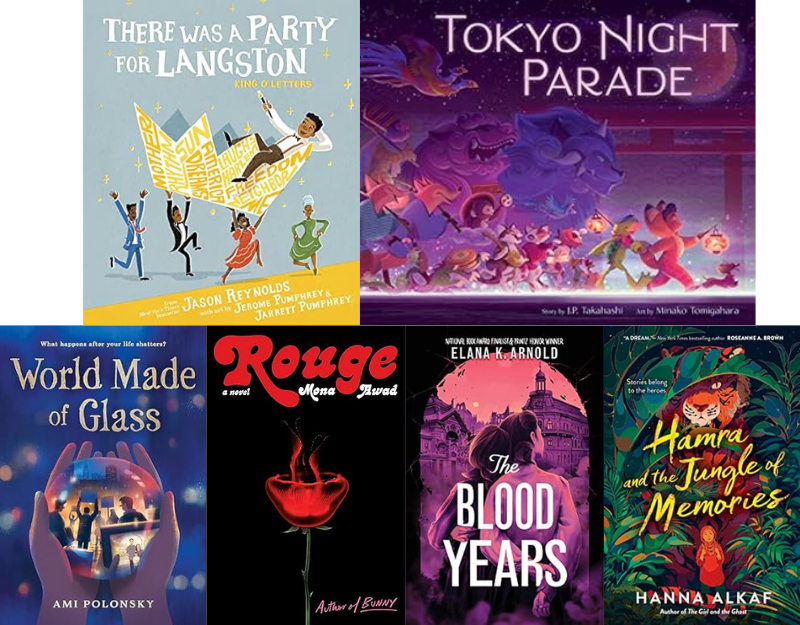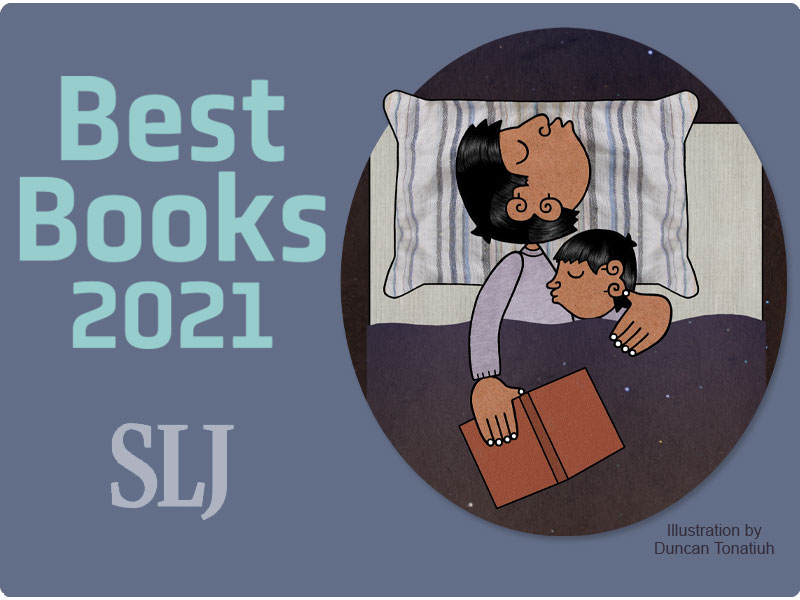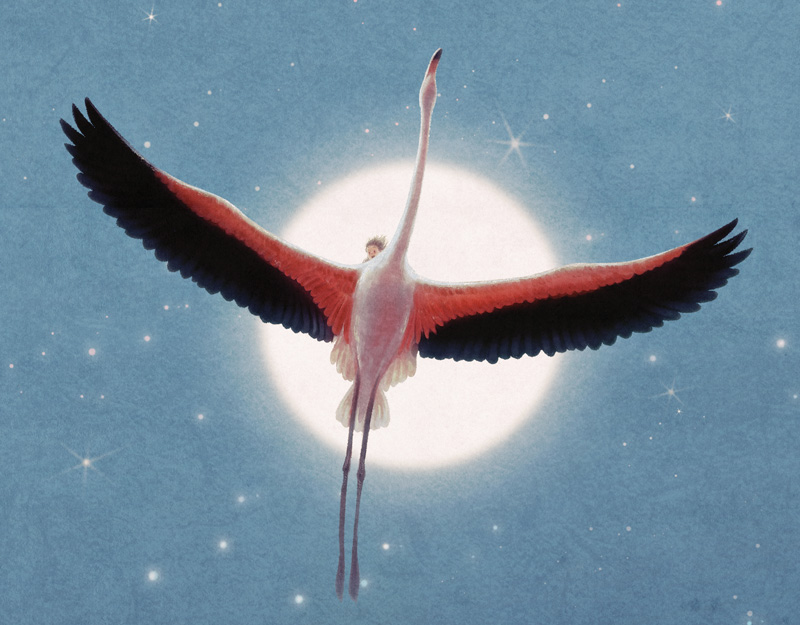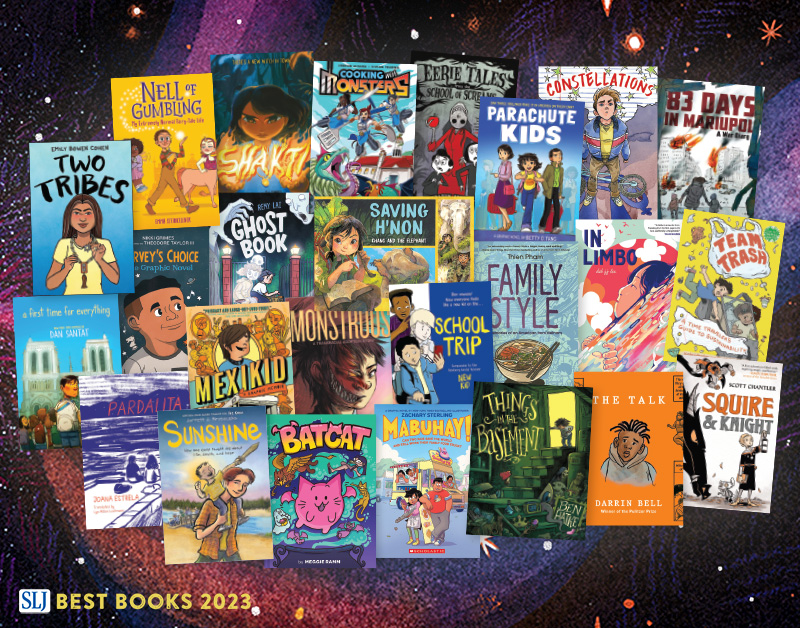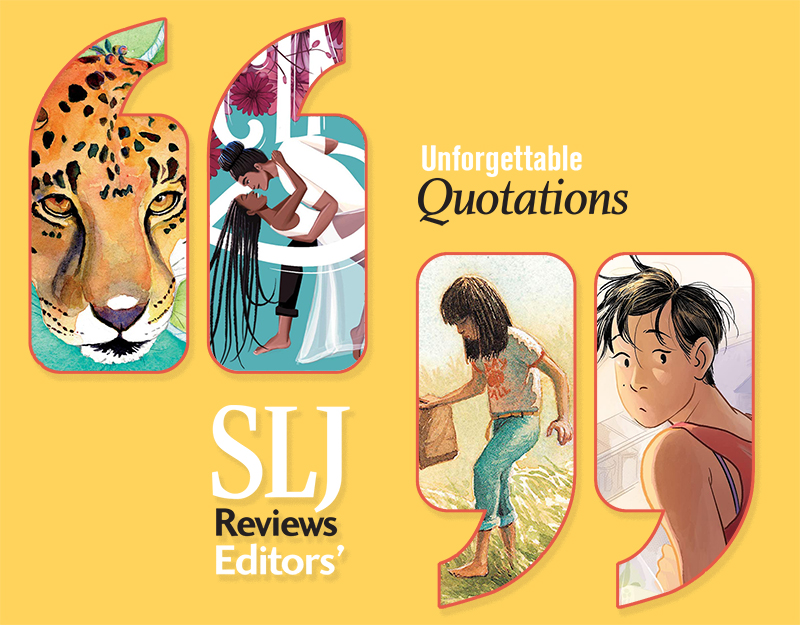2011 Robert F. Sibert Award for Nonfiction: Kakapo Rescue
with Photographs by Nic Bishop
Houghton Mifflin’s Scientists in the Field Series, ISBN # 978-061894170
- Literature Circles. Use the three titles by Montgomery and Bishop listed below along with this book for nonfiction literature circles. Form four groups, each group responsible for reading and discussing one of the four books. Ask each group to prepare a brief presentation about their book (perhaps using Voice Thread or PowerPoint) for their classmates. After each group has a chance to present, discuss the similarities and differences across the books. What has led each animal to become an endangered or rare species? What tools and processes do the scientists and conservationists use to learn about and protect the species? What challenges do the conservationists and scientists face? What did the author and photographer experience during the expedition?
- Volunteers. Montgomery profiles several of the volunteers who work on Codfish Island. Invite your students to consider the many roles that volunteers serve in local communities. Who are the volunteers? What jobs do they do? What motivates them? You might want to have your students interview several different community volunteers or find opportunities for your students to do a day of volunteer work to experience first hand what it means to donate your time to others.
- Descriptive Language in Nonfiction. Montgomery has a special talent for vivid description that makes the reader feel present at the scene that she is describing. Select key passages, such as the following, to examine with your students: “Everything is green, alive, and fresh. Ferns are everywhere: tall ferns, short ferns, frilly ferns, leathery ferns, ferns that perch on treetops, ferns that climb high into the canopy, tree ferns. The ground is carpeted with lichen and soft green moss. One kind is called umbrella moss and each plant is small enough to make a parasol perfect for a fairy.” In this passage, you would want to note the author’s use of repetition for impact; her use of specific adjectives, such as frilly and leathery, the use of metaphor and comparison. Make a list of the writing techniques used by Montgomery in her best descriptive passages. Then invite students to try out these techniques in their own writing. A field trip to a beautiful outdoor location may be in order – make sure to bring along clipboards and your favorite writing tools (or maybe your iPads).
- Native Species. The Kakapo Parrot species has suffered greatly from the introduction of non-native animals to New Zealand. Contact your local conservation agency or do an internet search to learn more about the plants and animals native to your area. How have invasive species affected the natural plant and wildlife balance? Research local efforts to conserve native species and invite a local conservationist to speak to your class.
- Genre Study. Engage your students in a genre study of the photo essay. Gather a collection of photo essays and guide students to develop a definition for the photo essay. Use the book titles listed below as a starting point and seek out additional titles by these authors. Be sure to make a distinction between a book that is illustrated with photographs and a true photo essay in which the photographs play a major role in communicating the narrative or key concepts of the book. You will find Nic Bishop’s website useful in this process as he describes how he conducts research and obtains the photos for his photo essays. After thoroughly exploring the genre, invite your students to compose photo essays either individually or in groups.
- Authorwire.com Resources. Sy Montgomery shares a website with her husband and fellow author Howard Mansfield. Explore her website and use some of the excellent teaching suggestions included for Kakapo Rescue.
- Local Endangered Species. Use the website of the United States Fish and Wildlife Services (below) to identify endangered species in your area. How did these species come to be endangered? What efforts are being made to preserve the species? Ask students to consider what steps they might take to support the efforts.
- Photography as Social Action. The medium of photography can be a powerful advocacy tool for social change. Study the photographs in Kakapo Rescue with your students and ask them to describe the emotions that the photographs evoke in them. Provide other examples of collections of photographs that are a critique of society or a call for action, such as Dorothea Lange’s photographs of migrant families taken during the Great Depression or her documentation of the Japanese Internment Camps (http://www.oac.cdlib.org/view?docId=ft3f59n5wt;query=dorothea%20lange;style=oac4;view=admin#hitNum9), Lewis Hine’s photographic protests against child labor (http://www.historyplace.com/unitedstates/childlabor/), or Gary Braasch’s photgraphs of the BP oil spill for a current example. (http://www.worldviewofglobalwarming.org/gulfoil/intro.html). Ask your student to identify a concern or problem in their local community and invite students to create a collection of photographs that raise awareness of the issue.
- Montgomery and Bishop accompany conservationist Tom McCarthy on an expedition in Mongolia to track the elusive and rare snow leopard.
Montgomery, S. (2006). Quest for the tree kangaroo: An expedition to the cloud forest of Papua New Guinea. Photos by N. Bishop. Boston: Houghton Mifflin.
- Montgomery and Bishop visit Papua New Guinea to document researchers’ efforts to track the rare Matschie’s tree kangaroo.
Montgomery, S. (2004). Search for the golden moon bear: Science and adventure in the Asian tropics. Boston: Houghton Mifflin.
- Montgomery travels to southeast Asia with a biologist to determine whether a golden bear found in this area might be an undocumented species.
- These titles feature information about the animal and Bishop’s extrodinary photographs.
- A moving collection of carefully chosen archival photographs expands this description of conditions faced by children during the Great Depression.
- This photo-essay explores the impact of images in photography and television in the campaign and presidency of John F. Kennedy.
- A description of the Mars Exploration Rover program illustrated with spectacular photographs of the red planet.
- The author documents the work of forensic anthropologists uncovering human remains for the clues they provide about life in colonial times.
Filed under: Awards, Nonfiction Chapter Books
About Erika Thulin Dawes
Erika is a professor of language and literacy at Lesley University. A former classroom teacher, reading specialist, and literacy supervisor, she now teaches courses in children’s literature, early literacy, and literacy methods. Erika is the co-author of Learning to Write with Purpose, Teaching with Text Sets, and Teaching to Complexity.
ADVERTISEMENT
ADVERTISEMENT
SLJ Blog Network
Should I make it holographic? Let’s make it holographic: a JUST ONE WAVE preorder gift for you
Press Release Fun: Happy Inaugural We Need Diverse Books Day!
Halfway There: A Graphic Memoir of Self Discovery | Review
Fifteen early Mock Newbery 2026 Contenders
When Book Bans are a Form of Discrimination, What is the Path to Justice?
RA Tool of the Week: Inside Out Inspired Emotions, but Make it YA Books
ADVERTISEMENT



